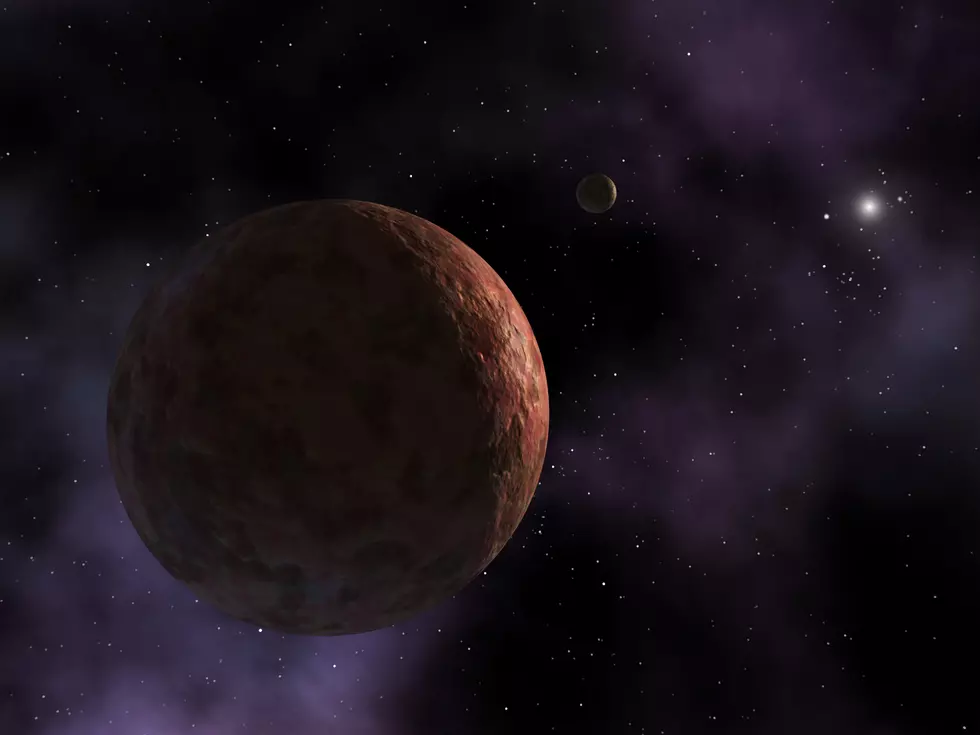
NASA’s Voyager 1 Sending Back Mysterious Data from Beyond Our Solar System
NASA's Voyager 1 was launched almost 45 years ago, and has achieved more than anyone was expecting. Now, as it travels outside of our solar system, data that is being sent back has left its engineers puzzled.
What Mysterious Data is Being Sent from Voyager 1?
The engineering team at NASA for Voyager 1 says that "the interstellar explorer is operating normally, receiving and executing commands from Earth, along with gathering and returning science data. But readouts from the probe’s attitude articulation and control system (AACS) don’t reflect what’s actually happening onboard."
Basically what that means is that the Voyager 1 spacecraft seems to be confused about its whereabouts in space.
The AACS is essential for the interstellar spacecraft to send data back to NASA about its environment in space as it keep its antenna pointed right at Earth.
"All signs suggest the AACS is still working, but the telemetry data it’s returning is invalid. For instance, the data may appear to be randomly generated, or does not reflect any possible state the AACS could be in."
Or, in our very uneducated, and certainly incorrect minds, it's aliens.
The Good News
Thankfully, this issue hasn't triggered any onboard fault protection systems, which are designed to put the spacecraft into a "safe mode" to give engineers time to diagnose an issue. Also, Voyager 1's signal has not weakened, which suggests that the antenna remains pointed precisely at Earth.
"A mystery like this is sort of par for the course at this stage of the Voyager mission," Suzanne Dodd, a project manager for Voyager 1 and 2 at NASA's Jet Propulsion Laboratory, said in a statement. "The spacecraft are both almost 45 years old, which is far beyond what the mission planners anticipated. We’re also in interstellar space – a high-radiation environment that no spacecraft have flown in before. So there are some big challenges for the engineering team. But I think if there’s a way to solve this issue with the AACS, our team will find it."
Voyager 2, Voyager 1's twin that isn't QUITE as far out as 1 is, is behaving normally.
How Far is Voyager 1 from Earth?
Voyager 1 is currently 14.5 billion miles from Earth, making it the furthest man-made object from our planet. So, it takes light 20 hours and 33 minutes to travel that distance. Essentially it takes two days to send or receive round-trip transmission from the spacecraft. However, that's something that the engineering team is well accustomed to. Voyager 2 currently resides at about 12.1 billion miles from Earth.
Launched in 1977, both Voyager spacecrafts have operated for far longer than expected. They are the only spacecrafts to have collected data in interstellar space, as Voyager 1 entered interstellar space in 2012. This important data has led to a better understanding of the heliosphere, which is the diffuse barrier the Sun creates around the planets in our solar system.
The Voyager spacecraft famously contains a so-called "Golden Record," which is actually two phonograph records, that preserve Earth's culture to any extraterrestrial beings that may stumble upon it. The gold-plated disks include everything from nature sounds to music by Wolfgang Amadeus Mozart and Chuck Berry.
Each of the two spacecrafts produce about 4 fewer watts of electrical power per year. The engineering team hasn't yet turned off any science instruments to reserve power as they work to keep the two spacecraft operating and returning unique science beyond 2025.
Musicians That Believe in Aliens
More From 97.3 The Dawg






![8-Year-Old Uses Dad’s Ham Radio to Call Astronaut on Space Station [Listen]](http://townsquare.media/site/33/files/2022/08/attachment-8-Year-Old-Calls-Space-Station.jpg?w=980&q=75)


